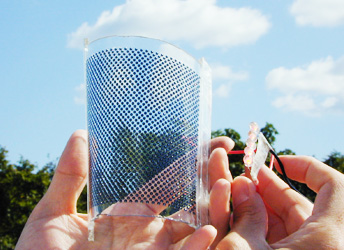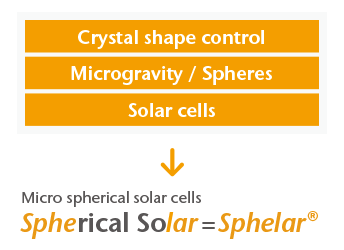Development story
Why are solar panels flat?
Few years after launching Kyosemi – Mr. Nakata, founder – got a question on how to make photovoltaic cell more efficient. Reminding of the solar panel which he had developed as a project member of Mitsubishi Electric, he asked himself why solar panels are flat, although the Sun is moving always.
In laboratories, the light source is fixed. However, the sunlight comes from different angles during a day and seasons in the reality. There is not only direct incoming light, but reflected and diffused lights in the ambient. “If the surface of photovoltaic cell is spherical, is this the most efficient way to capture the sunlight?” That’s the first inspiration of Kyosemi’s spherical micro solar cell.


Starting up activities in Hokkaido and encounter with JAMIC
At the same time, Kyosemi was planning to build new plants in Hokkaido and expand production capacity. Kamisunagawa is the final candidate among others as site.
That is ex-mining town of coal. While the amount of its import increasing, the mine had been closed and the town was trying to find new industries. One of its results was opening of JAMIC (Japan Microgravity Center) which renovated an abandoned tunnel as scientific research site. It is in the same year, 1988 as Kyosemi started up activities in the new plant.
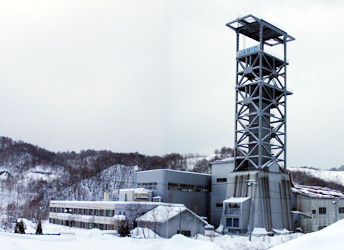
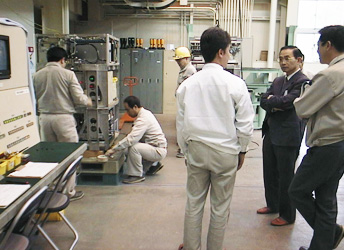
Experiment of silicon crystal balls in a vertical tunnel, 710 meters in depth.
Mr. Nakata got a new inspiration. “How about making spherical crystals from melted silicon in weightlessness?” He came to see staffs at JAMIC. JAMIC had a drop shaft (490 meters) in a vertical tunnel, 710 meters in depth! Once dropped a vacuumed capsule, its interior space gets into microgravity state during dropping. Kyosemi’s project team put a piece of silicon in the capsule and tried to melt and crystallized it during dropping. There’s no other way than ‘try and error’. Finally some ball-shaped grains appeared.
Next step is to form P-N junction on their surface. The challenge is to do the same on spherical surface as on flat one. The team applied Kyosemi’s know-how which had been acquired in manufacturing opto-semiconductor chips. The first four cells, connected in serial, generated electricity in being exposed to light.
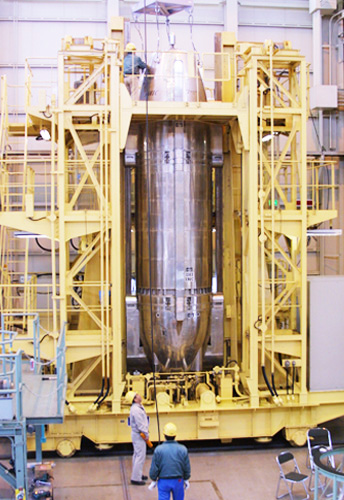
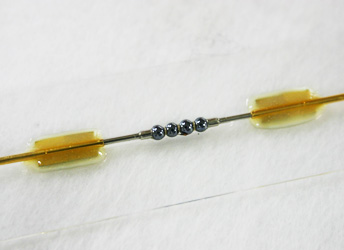
Long way of R&D and industrialization
After the first result, the team got keen to conduct research more intensively. In 1998, Kyosemi launched Microgravity Laboratory in itself.
In 2004, Kyosemi applied for registration of trademark Sphelar® (The name is an abbreviation of Spherical Solar) and started to provide samples. In the beginning, it was hard to imagine in which applications the brand-new technology. However, the innovative idea gave birth to next innovative ideas. Today, we are providing and developing products with our customer-partners.
